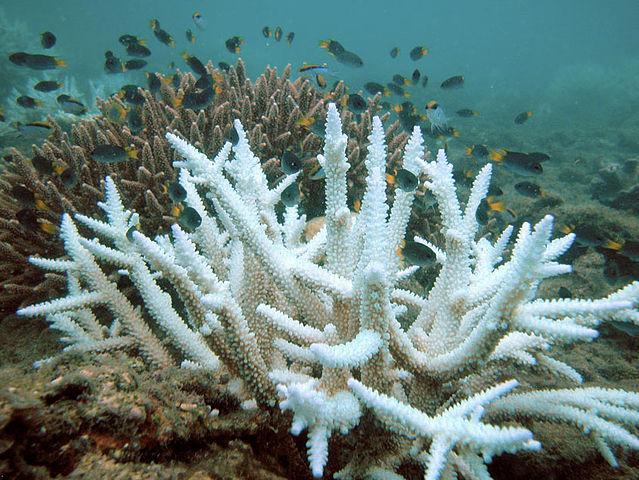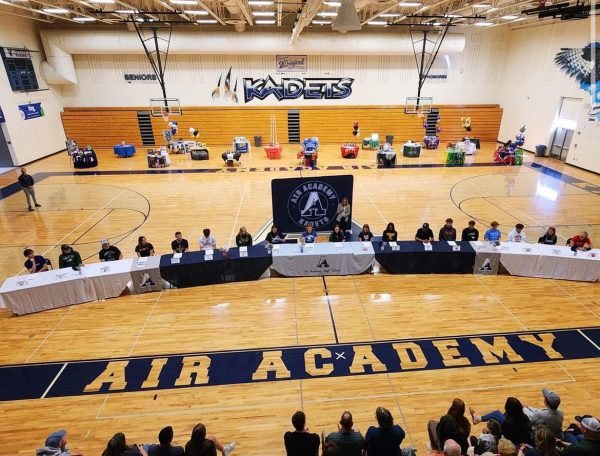When Rainforests Turn White
As oceans heat up around the globe, an event known as coral bleaching has recently been confirmed and is killing coral reefs. Coral bleaching is the loss of intracellular endosymbionts through either expulsion or loss of algal pigmentation.

In other words, when corals are stressed by conditions in their environment such as changing light or temperature, they get rid of algae (a symbiotic relationship with zooxanthellae) living in their tissues which causes them to turn completely white. When the coral turns white, it doesn’t die immediately. Recovery is possible, but if the stress continues and the loss of algae is lengthened, the coral will eventually die.
Zooxanthellae actually lives inside of the coral cells. A coral is more like an animal than it is like a plant. A coral reef is made up of individual coral colonies which are made up of polyps. Each polyp is genetically identical to the others in the colony and has all the functions of an animal (reproduction, eating, etc.). The zooxanthellae is in the cells of the tentacle.
The chloroplasts of the zooxanthellae help create the energy for the cell of the coral. But when there is too much energy, the photosystems which make the energy, break. However the coral will continue to be exposed to sunlight and heat and as a result, the resulting energy is turned into reactive oxygen molecules which are damaging to cells. The coral cell is damaged and the symbiont (zooxanthellae) is rejected from the cell. If you would like to know more about the process, this video was suggested by our very own Mr. Chisholm, teacher of Honors Biology and AP Earth Science. He was very pleased that the newspaper was taking on such a “relevant” topic in today’s current events. I concur (you know that the topic is relevant when spell check knows the spelling of zooxanthellae).
So how does this affect us?
Right now the world is in an environmental incident known as a global coral bleaching event. A global coral bleaching event happens when coral bleaching reaches 100 kilometers or 63 miles and is in either the Pacific, Atlantic, or Indian Ocean basins. This bleaching is nothing to scoff at. It could kill over 4,600 square miles of reef by the end of this year. El Niño years tend to be the years when coral bleaching is at its height (due mostly to rising ocean temperatures). The past three coral bleaching events have happened during El Niño years. Experts say that “Coral reefs are the litmus test of our oceans, a visual representation of the health of our seas.” It is important to see this coral bleaching as the threat it is and to take the necessary actions to allow our oceans to heal themselves. The trick is to spread the word about the bleaching. Experts say that “This is the equivalent of rain forests turning white and no one noticing.” Our oceans are precious and only we can protect them from ourselves.
How can I help?
The National Oceanic and Atmospheric Association (NOAA) has compiled a list of 25 things everyone can do to help save the coral reefs, which you can find here.
Sources:
“Coral Bleaching.” Wikipedia. Wikimedia Foundation, n.d. Web. 24 Nov. 2015.

Bonjourno! Me llamo Sophie. I am a tri(sort of) lingual senior with a large passion for sarcasm and baked goods. I still am in band, writers guild, link...













